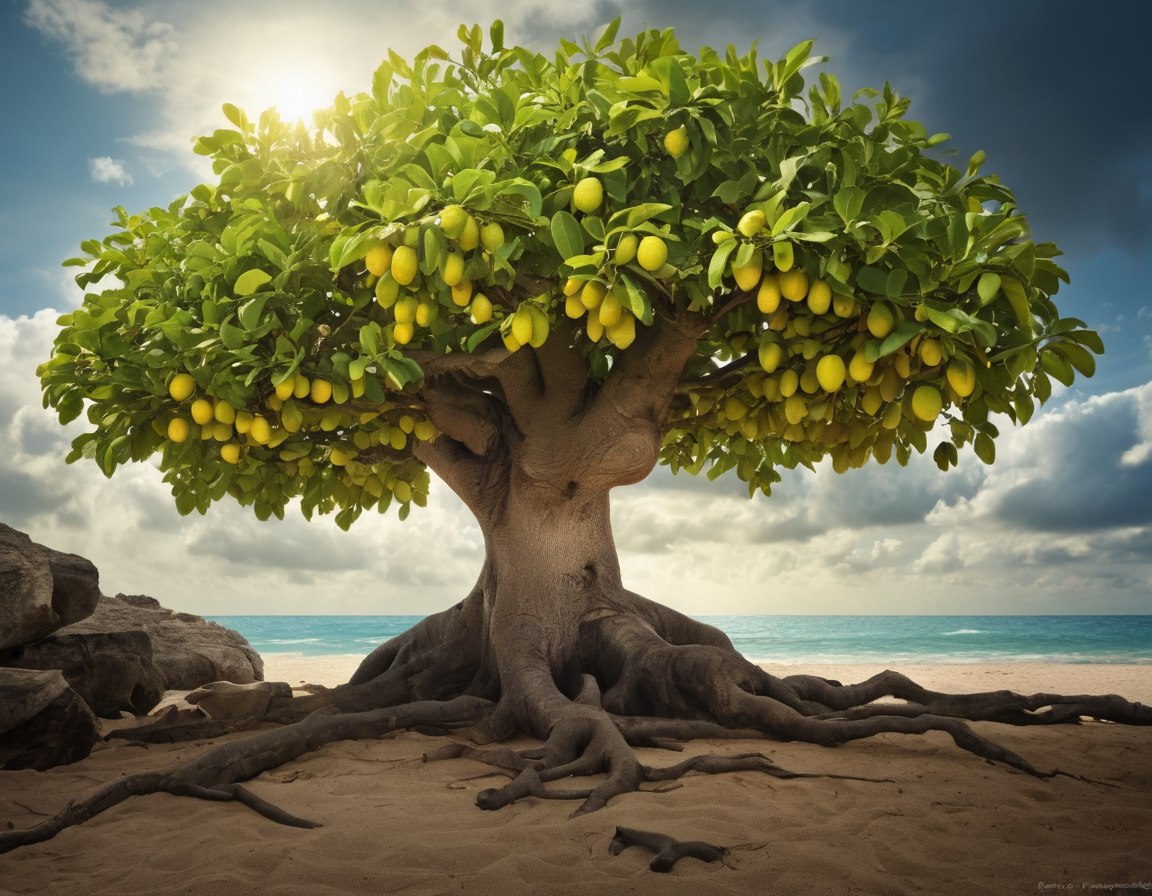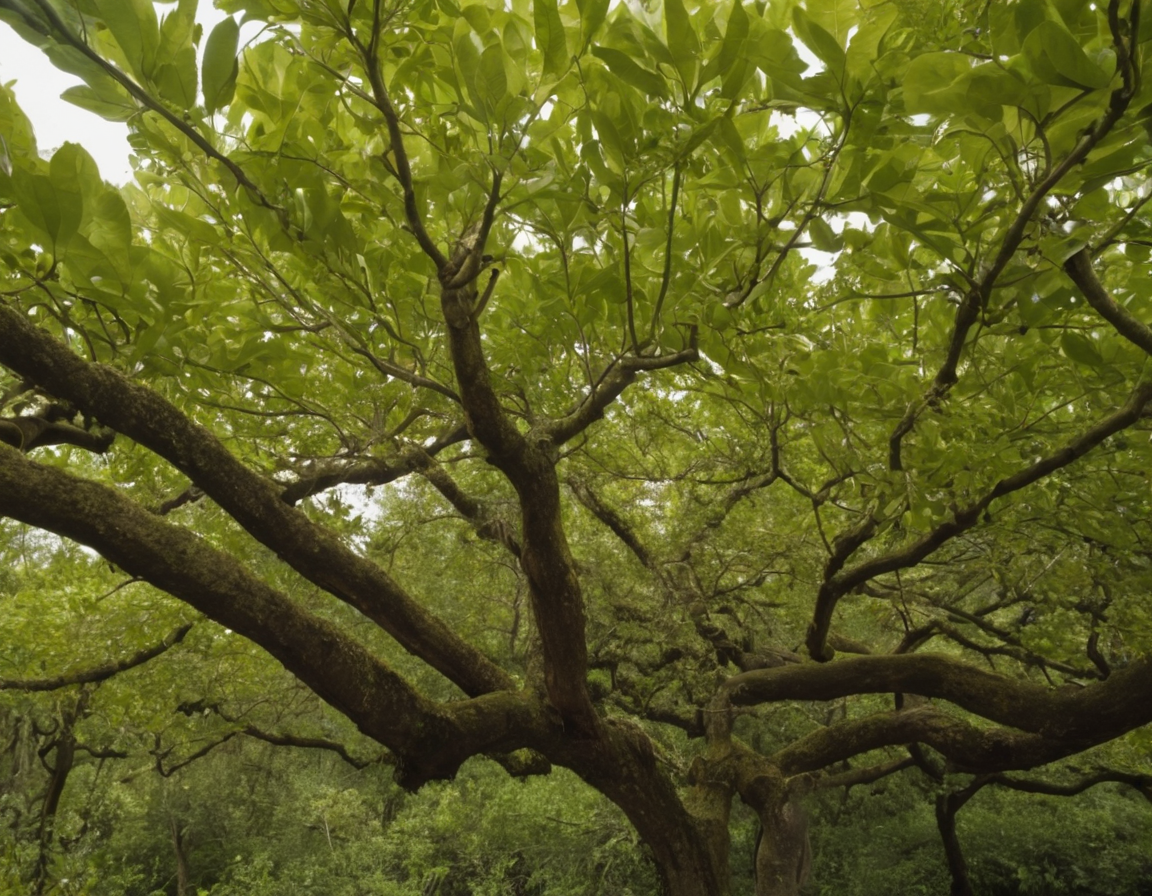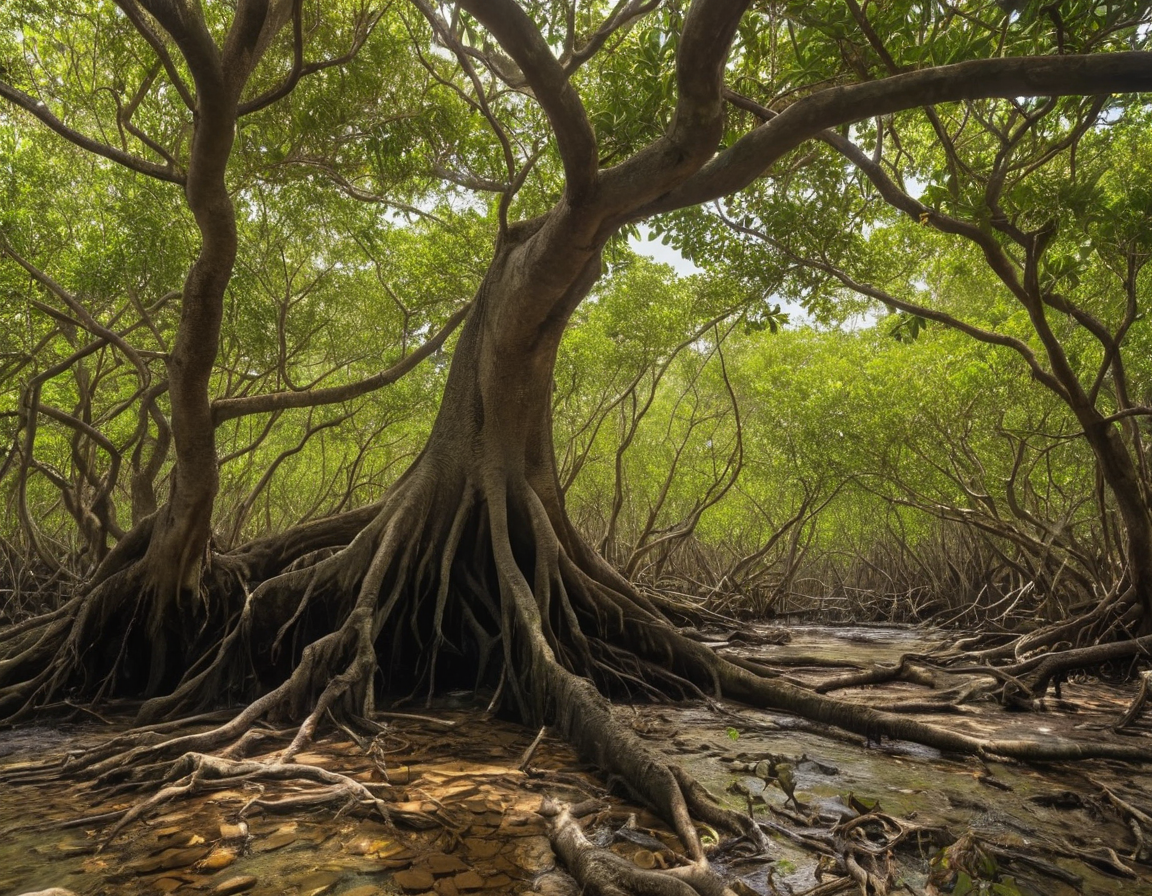Discover the Mysterious World of the Manchineel: The World’s Most Dangerous Tree
The Manchineel: Nature’s Forbidden Fruit
From the mythical apple in the Garden of Eden to the fabled Golden Apples of Greek mythology, trees bearing fruit have long captured our imagination. However, not all such trees are symbols of temptation and immortality. Meet the Manchineel tree (Hippomane mancinella), an innocent-looking yet incredibly toxic plant that reigns as the world’s most dangerous tree. In this comprehensive overview, we’ll explore the history, habitat, and hazardous nature of the Manchineel, and learn why this tree should be admired from a safe distance.

History and Mythology
Growing mainly in Florida, the Caribbean, and parts of Central and South America, the Manchineel tree has been feared and respected throughout history. The name “Manchineel” is derived from the Spanish ‘manzanilla,’ meaning “little apple,” a reference to its deceptively sweet-looking fruit. Legend has it that the native Arawak people used the tree’s poison on their arrow tips, lending a dark legacy to its otherwise lush branches.
The Deadly Allure of the Manchineel
The danger of the Manchineel lies in its toxicity. Every part of this tree—from the bark to the sap—is poisonous. The milky sap contains compounds that can cause severe blistering of the skin, and even temporary blindness if it contacts the eyes. The small, apple-like fruits are equally hazardous and can be fatal if ingested. The tree’s toxins have evolved as a defense mechanism against herbivores, but they pose a deadly risk to humans as well.

Habitat and Ecological Impact
The Manchineel is a hardy species that thrives in coastal, salt-rich environments. It is often found in mangrove forests where it plays a unique role in the ecosystem, helping to stabilize sandy soils with its extensive root system. Despite its poisonous reputation, the tree is an essential part of its native habitats, offering shelter and food for many animals that have developed a resistance to its toxins.
Signs and Symptoms
For the unlucky person who comes into contact with the Manchineal, the results can be excruciating. Symptoms of exposure include severe burns, swelling, and pain. Inhaling the smoke from burning Manchineel wood can lead to respiratory distress. Treatment involves immediate removal from the area of exposure and medical attention to manage the symptoms and prevent infection.
Conservation Status
Despite its fearsome traits, the Manchineel tree faces threats from habitat loss and human activity. Conservation efforts are complicated by the tree’s dangerous nature, but protecting these unique specimens is vital for maintaining the biodiversity and health of their ecosystems.
Respect, Don’t Fear
The Manchineel may be notorious for its deadly touch, but it serves as a reminder of the awe-inspiring power of nature. While we must treat the Manchineel with extreme caution and respect, its presence is a natural curiosity that continues to intrigue scientists and nature enthusiasts alike.

In conclusion, the story of the Manchineel tree is a fascinating chapter in the book of nature. It reminds us that beauty and danger can often coexist, and that respecting the boundaries of the natural world is essential for our survival.
Have you ever encountered a Manchineel tree, or do you know more fascinating facts about this deadly species? Share your experiences and knowledge in the comments below, and remember, when it comes to the Manchineel, it’s better to look and not touch!






